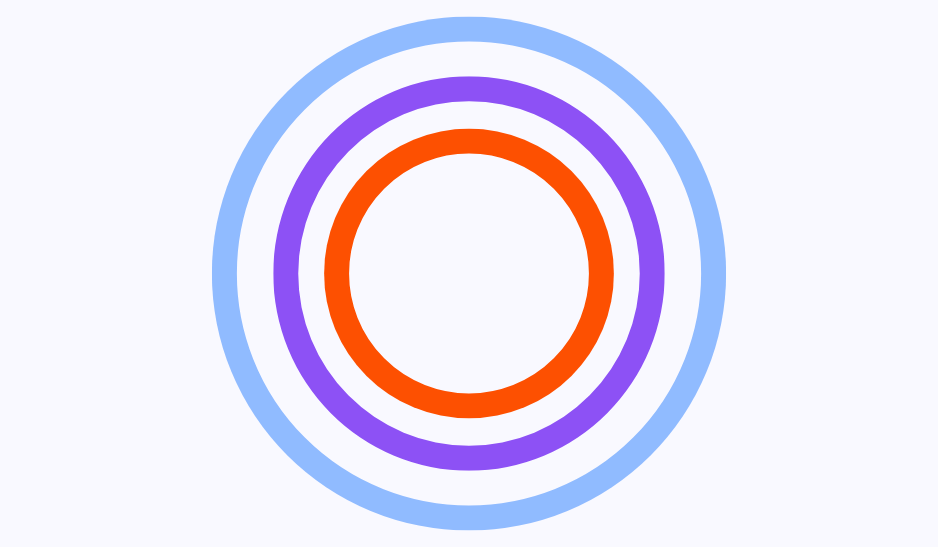A Founder's Blueprint for Audience Research
Every founder dreams of it: building a product so good, so perfectly aligned with the market, that it sells itself. A product where growth isn't a grind, but a natural outcome of its own value.
This isn't a fantasy. It happens. But it’s not the result of magic or luck. It's the result of engineering.
It comes from deeply, almost obsessively, understanding the customer's problem before you perfect the solution. For many technical founders, the term "audience research" sounds like a slow, fluffy marketing exercise that gets in the way of shipping code.
The reality is that audience research is the most critical part of your technical specification. It’s the blueprint you design from. Building without it isn't just risky; it's like trying to architect a skyscraper on an unexamined patch of dirt.
From Guesswork to Blueprint: A 3-Step Plan
You don't need a marketing degree to understand your users. You just need a logical process. Here is a simple blueprint for moving from assumption to action.
1. Define Your Subject: The Ideal Customer Profile (ICP)
You can't build something for "everyone." A successful product is built for a specific somebody. Your first job is to define exactly who that is. An ICP isn't a creative writing exercise; it’s a tight, technical spec for your target user.
-
Role & Responsibilities: What is their job title? What are they responsible for delivering?
-
Company Context: Do they work at a 20-person startup or a 2,000-person enterprise? This dramatically changes their needs and buying power.
-
The Problem State: What specific condition makes someone a perfect fit for your solution right now?
Nailing this down prevents you from wasting time on feedback from people who will never buy your product.
2. Get the Measurements: Problem-First Questions
Once you know who to talk to, the next step is figuring out what to ask. The most common mistake is asking people to predict the future ("Would you pay for this?"). Humans are terrible at that. They are, however, excellent at telling you about their past frustrations.
Your goal is to measure the problem, not pitch your solution.
-
"Tell me about the last time you dealt with [the problem your product solves]."
-
"What was the most frustrating part of that process?"
-
"What are you using or doing to solve this today?" (Your real competition is often a spreadsheet or a manual process).
-
"What would it allow you to do if this problem were completely solved?"
These questions give you raw, unbiased data about real-world pain points.
3. Find the Pattern: From Anecdote to Insight
One conversation is just a story. Ten conversations where you hear the exact same frustration, described in the exact same words? That's not a story. That is a pattern.
This is the ultimate goal of your research. You're not looking for feature requests; you're looking for the repeatable, high-value problems that a specific group of people are desperate to solve. These patterns are the load-bearing walls of your business. They inform your product roadmap, your marketing, and your entire strategy.
Following this blueprint is the most direct path to product-market fit. But it takes time—time you’d rather spend building.
That's why we created Cambium AI. Our platform automates the most difficult parts of this process. It analyzes your website to generate a precise Ideal Customer Profile, gives you the critical questions you need to ask, and uncovers the core problems your market is facing. It helps you draft your customer blueprint in minutes, not weeks.
Stop guessing. Start engineering your success with a clear plan. Get started for free!


